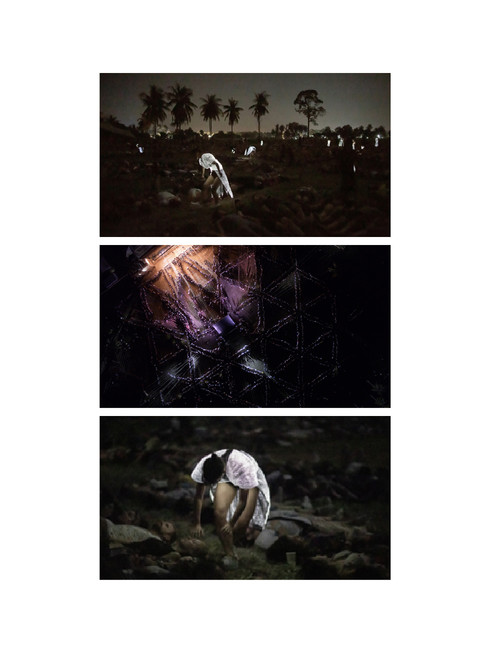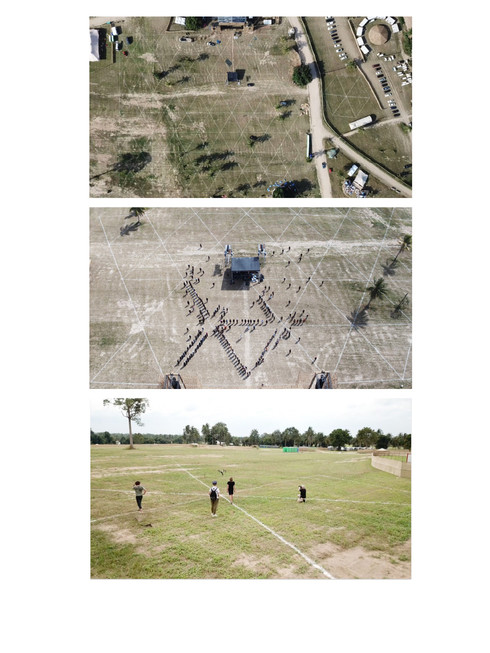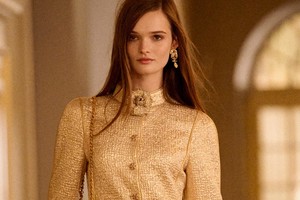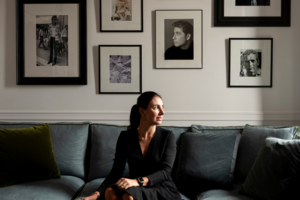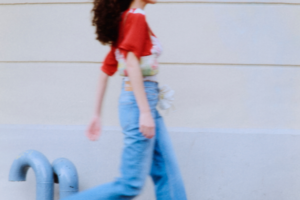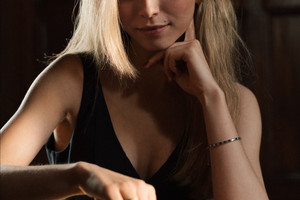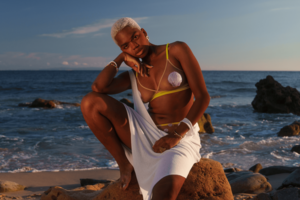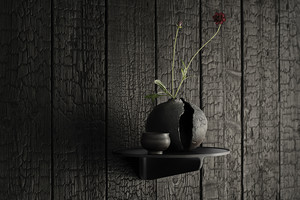For over two decades, Elin Alemdar has shaped Stylein into one of Sweden’s most beloved fashion houses, defined by its warm minimalism, architectural silhouettes, and timeless approach to dressing. Now, with the opening of a new flagship boutique on Mäster Samuelsgatan 6, Stylein enters a bold new chapter, one that invites customers into the heart of the brand, both physically and emotionally.
In this intimate conversation, Elin Alemdar, the founder of Stylein, speaks about the vision behind the new space, the evolution of the brand since its early beginnings, and the creative partnership that continues to drive it forward. From mood boards to mood shifts, Scandinavian heritage to international expansion, this is a behind-the-scenes look at a brand that remains deeply rooted in its DNA while confidently stepping onto the global stage.
Jahwanna Berglund: Congratulations on the new boutique! Mäster Samuelsgatan 6 is right in the heart of Stockholm’s fashion scene. What drew you to this particular location, and what does it represent for Stylein at this stage?
Elin Alemdar: We have been longing for this opportunity for such a long time! Biblioteksstan in Stockholm really does represent the perfect mix of high luxury and contemporary fashion district where we as a brand fit in perfectly.
JB: Stylein is known for its understated elegance and architectural silhouettes. How have you translated the essence of the brand into the design and atmosphere of the new store?
EA: We have been using the same words for inspiration as we do when creating a new collection, and always staying true to our DNA such as warm Scandinavian minimalism. I got obsessed with the word cocoon and wanted it to feel as if you were entering the inner heart of our brand when visiting the store. Therefore, the architects – Thibaut Allgayer Design Office and Tomai Studio by Tomai Nordgren – interpreted that with the round shapes of the store and a warm, welcoming energy. For me, that represents us as people and as a brand, to stay inclusive in all aspects.
JB: Can you tell us a bit about the creative process behind the interior? Were there any specific moods, destinations, or artistic references that inspired the space?
EA: For us as a brand, it’s always important to present something that’s timeless yet still intriguing and with a modern twist to it, the same applies to the aesthetic of the boutique. I’m so pleased with the result: a space that reflects our collections through organic, sculptural shapes and carefully considered design elements. The boutique was brought to life by the creative vision of Thibaut and Tomai, a duo known for their high-profile store concepts in Seoul, Dubai, London, and now Stockholm. They truly captured that Aha! Feeling from the very first step inside the boutique.
JB: When someone steps into your store, what do you want them to feel, not just about the clothes, but about the world of Stylein?
EA: That they want to stay and be a part of our universe. It’s not only a store; it's a destination where we showcase the truest expression of our brand’s essence. The designs really do sell themselves within this interior, and that’s a great satisfaction.
JB: Looking back, how would you describe the evolution of Stylein, from where you started to where you are today?
EA: Oh, wow! It’s been such a long journey. I started the brand when I was 20 years old and let me tell you that’s a long time ago… The brand obviously exuded a younger and more urban vibe to it, and I feel so warm in my heart thinking of that now, 24 years later. Today we are very confident in our brand and know well about our muse, who she is and love the fact that she’s an international woman who loves to invest in high quality and perfect fit of her designs.
JB: In what ways do you think Swedish culture and the Nordic way of life have helped shape the Stylein aesthetic?
EA: That’s always a tricky one since it’s hard to say these things about yourself and not having a perspective but I’m sure my heritage of Scandinavian life and couture affect my designs in many ways. We are brought up with a very sustainable way of thinking and with a lot of respect for our mother nature.
.
JB: How do you and your team approach the design journey each season? What sparks that first idea?
EA: I start every collection by creating a mood board and a world for our muse. It could be a city she’s traveling to or a state of mind she has for a specific occasion. Then I present this to my partner in the company, Ulrika Fohgelberg Nordén (Partner & Sales Manager), and we sort of dive into the world of our muse together. We ask ourselves what kind of drink she’s having, how she would style herself with jewelry, and what perfume she loves at the moment. Our muse doesn’t like to shop. She's all about less is more and hates to pack. So, our job is to create the perfect looks for her to combine both day and night.
JB: You and Ulrika play integral roles in Stylein’s growth, creatively and strategically. How do you complement each other when navigating big moments like a new store opening?
EA: We complement ourselves in so many ways. I see our partnership as a blessing bigger than pretty much everything in my journey with Stylein. Ulrika has a rare and distinct taste and always stays curious but not flaky. That combination is crucial to build a brand. She also calms me down when things are tough and helps me with perspective on most things in life. She usually says that there’s no one as competitive and with a fighting spirit as me and I guess that’s true, so I do need someone from time to time to tell me to take a deep breather before answering that text or calling that person. But the most important thing about our partnership is that we do love to have fun and to have a good laugh on a Monday morning. That’s everything. That’s what matters!
JB: And finally, what’s next? Can you share a glimpse into Stylein’s upcoming direction, be it new categories, creative risks, or international expansion?
EA: We have the most intense and exciting year ahead, I’d say. This spring we’re launching with Harrods and Liberty in London, as well as Oberpollinger in Munich. We’re also going live with a digital popup in Korea, and these new markets will be our primary focus for 2025. We just wrapped sales for Fall 2025, and we’re so proud to have new stockists like United Arrows in Japan, Selfridges in London, and Harvey Nichols in Dubai onboard. So even though we’re technically an “old” brand, it really feels like the journey is just beginning!
Quick Fire
A timeless piece every woman should have in her wardrobe?
The perfect shopper – Stylein Yacht Bag.
The one Stylein item you find yourself reaching for again and again?
I love our denim, and denim never gets old.
Stockholm’s best-kept style secret?
Oh, tricky one. I don’t know but I would say get a glass of bubbles and go to my favourite bar, Teaterbaren, on a Saturday at lunch and see the transformation from day to night and you’ll have inspiration for a long time. I love this place, it’s like my living room and the people who come in for a drink are just very inspiring.



